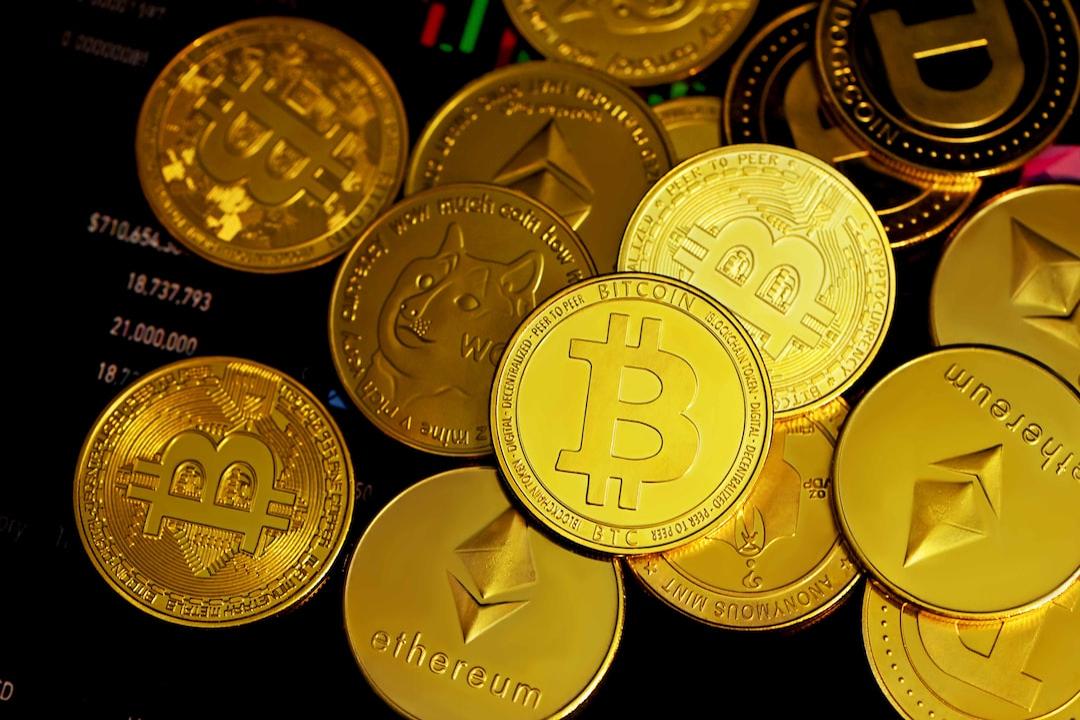Despite Federal Reserve Chairman Jerome Powell’s statement on the low probability of a rate hike and the greater likelihood of a rate cut in the future, journalist Nick Timiraos, known as the “Fed megaphone,” wrote that regardless of what Powell says, it is the inflation data that will determine whether the Fed will restart rate hikes or when it will cut rates.
After a 2-day policy meeting, the Federal Reserve (Fed) decided to keep the federal funds rate unchanged at 5.25-5.5% this morning, which is in line with market expectations. Fed Chairman Jerome Powell released dovish comments after the meeting, emphasizing that there is currently no expectation of a rate hike and that quantitative tightening will be slowed down in June.
However, journalist Nick Timiraos from The Wall Street Journal, known as the “Fed megaphone,” pointed out in an article today that a series of disappointing price and wage data has led investors to pay less attention to the Fed’s outlook and focus more on economic data. Neil Dutta, Head of Economic Research at Renaissance Macro Research, stated that if inflation data continues to rise, the Fed may need to reverse its dovish stance and open the door for rate hikes. Assuming that the Fed does not make further progress on inflation, at some point, it will say, “We don’t know where interest rates are heading.”
William English, a former senior adviser to the Fed, expressed that he is not inclined to believe that the Fed should raise rates currently, but there is indeed a possibility of a rate hike in the future. Although Powell mentioned in the post-meeting press conference that a rate hike is unlikely, he did not rule out the possibility.
The article mentioned that there are two factions within the Fed. One faction is concerned that keeping rates at a high level for too long in the face of slowing inflation and wage growth may bring more pressure to regional banks, commercial real estate investors, and other industries. The other faction believes that due to strong economic performance, there is almost no need for rate cuts this year. They are concerned that when the Fed sets the inflation target at 2%, the inflation rate may stay well above 2.5%. Before considering rate cuts, they hope to see more evidence of an economic slowdown, and recent data supports this faction’s viewpoint.
Some people are concerned that economically sensitive sectors such as real estate and manufacturing may have already felt the impact of the Fed’s rate policy, leading to a tight labor market and the risk of accelerated economic growth and rising inflation.
If inflation stays around 3%, the Fed may face more difficult challenges. Diane Swonk, Chief Economist at KPMG, stated that she expects some Fed officials to mention the possibility of continuing tight monetary policy in this situation, although this is not what Powell wants.
Related Reports
Global interest rates: Is Trump calling the shots? WSJ: Allies are developing plans to remove Powell and weaken the independence of the Fed!
Powell’s ineffective fight against inflation may delay rate cuts, Bitcoin climbs back to $64,000, and Ethereum returns to $3,100.
Powell: Real estate bad debts could lead to “bank failures,” but risks are manageable. It is clear that the Fed is at risk of cutting rates too late.


